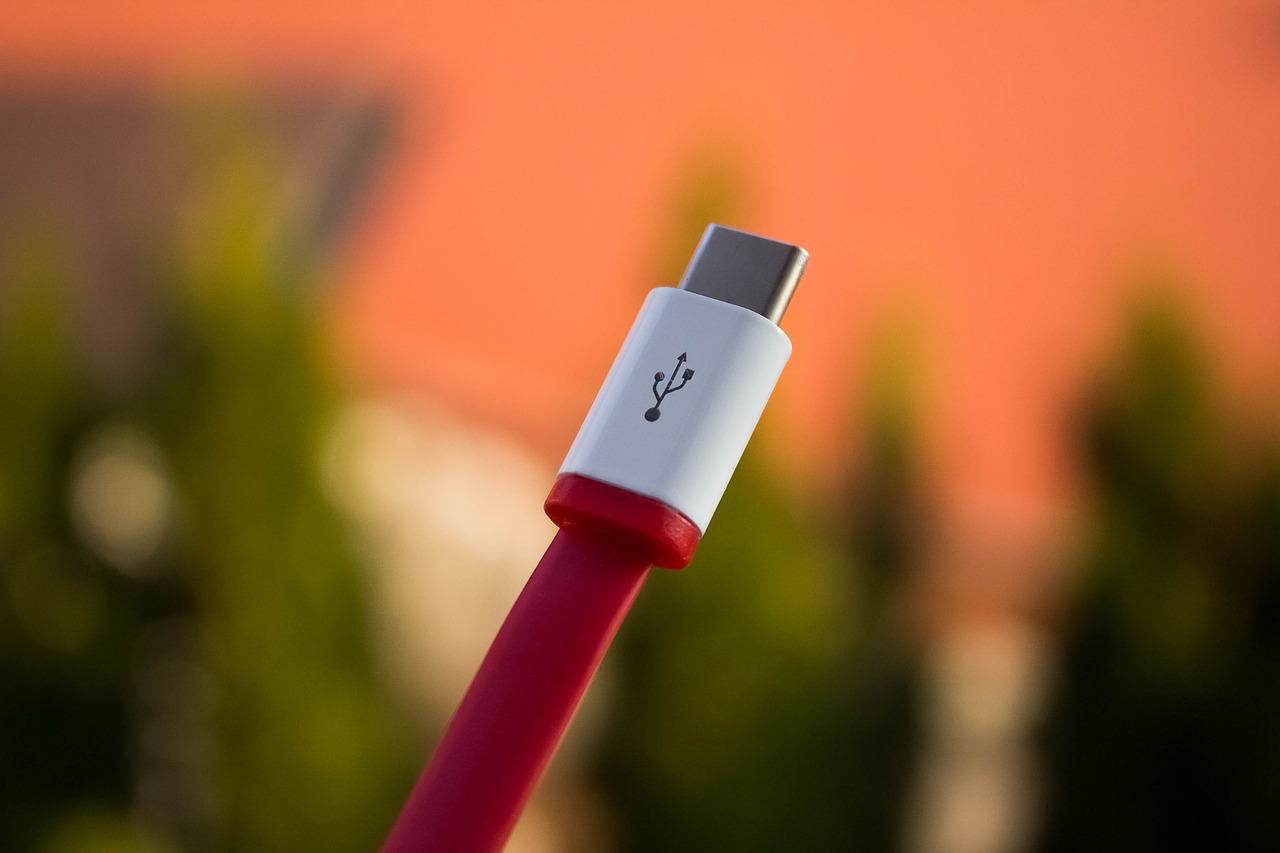Risks and Ergonomics
In our world, the fate of technological devices and software is defined by their ergonomics and usability. The easier a device or software is to use, the more buyers, or users it will have.
In the past ten years, we have seen two extreme examples of technological things, one was a disaster, the other was a blessing: Microsoft Windows 8, and USB-C and Thunderbolt 3.
Microsoft Windows 8

In 2012, Microsoft, one of the biggest software companies in the world, released the new version of their operating system following the previous version; Windows 7. After one of the most successful, easy to use operating system, Windows 7 and XP, the user interface was completely different, the system had a lot of bugs, compatibility issues etc. People had a difficult time trying to get used to the new Star Page, programs menu, gestures. Some people tried using it for a longer time, only to revert back to previous versions of Windows, with the user interface they were used to.
Windows 8 caused Microsoft's sales to drop significantly. Although Microsoft tried to fix their mistake by releasing Windows 8.1 in 2014, just two years after the release of Windows 8, they were not successful, as the main error in usability remained: "The Unusual Start Menu Page". After one year, Microsoft realised their mistake and released Windows 10, with the Start Menu back.
USB-C and Thunderbolt 3

Since the release of USB 1.0 back in 1996, life got a lot easier since you could use just one connector for most of the peripherals; mouse, keyboard, controller, later on printer etc. However, this connector standard had a couple of downsides: low speed, low power, non-reversibility.
In 2014, USB Implementers Forum designed and published USB Type-C connector. A new reversible, high-power, high-speed, compact connector design which was started being used by USB 3.0, and most importantly; Thunderbolt 3. Thunderbolt 3 allowed a single cable to provide high-power up to 100W, high-speed data transfers up to 40 Gbps, display signal up to two 4K displays, as well as PCI protocol. This way, a person can use just one cable and a dock to charge his/her laptop, get display output, connect to high-speed internet.
Nowadays, it's difficult to find an electronic device without a USB-C connector, unless the device is old, has to be cheap, or has size limitations. USB-C and Thunderbolt 3 have made everyone's lives easier by bundling a bunch of purposes in a single connector/cable.
Comments
Post a Comment